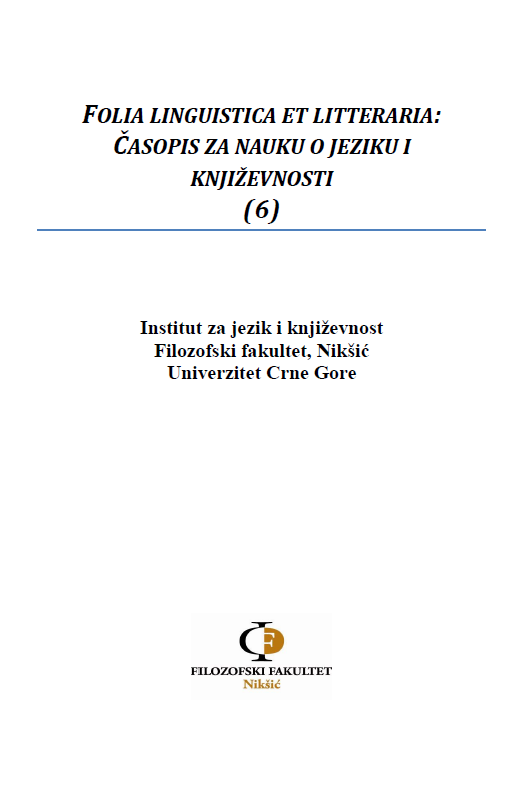IMAGINARY’ VS ‘REAL’ INDIAN: A POSTCOLONIAL READING OF EMMA LEE WARRIOR’S COMPATRIOTS
IMAGINARY’ VS ‘REAL’ INDIAN: A POSTCOLONIAL READING OF EMMA LEE WARRIOR’S COMPATRIOTS
Author(s): Milena KostićSubject(s): Other Language Literature, 19th Century, Theory of Literature
Published by: Filološki fakultet, Nikšić
Keywords: colonizer/colonized; decolonization; multiculturalism; postcolonialism; racism;
Summary/Abstract: The paper deals with the stereotypical image of the Native Canadian population that, in Terry Goldie’s opinion, boils down to the dichotomy of ‘fear’ and ‘temptation’ (Goldie 1989). By projecting the colonizers’ own cultural values onto the Other, the whole 19th century was dominated by the theories that regarded the aboriginal population as lower than humans on the evolutionary scale, while, as the other sign of the coin, Rousseau’s theory of ‘noble savage’ was inserted - this theory was based on the elements of mystery and exoticism regarding the Other, which quite suitably complemented the raw, unrefined and unsophisticated aspect of the indigenous peoples that was difficult to be accepted by the civilized, refined and sophisticated Europeans. Emma Lee Warrior’s short story Compatriots represents a part of the Aboriginal discourse of decolonization, an attempt to disregard the false stereotypical images projected onto the First Nations’ people, and to give her own comment on the difference between the ‘imaginary’ and ‘real’ Indian.
Journal: Folia Linguistica et Litteraria
- Issue Year: 2012
- Issue No: 6
- Page Range: 187-194
- Page Count: 8
- Language: English

